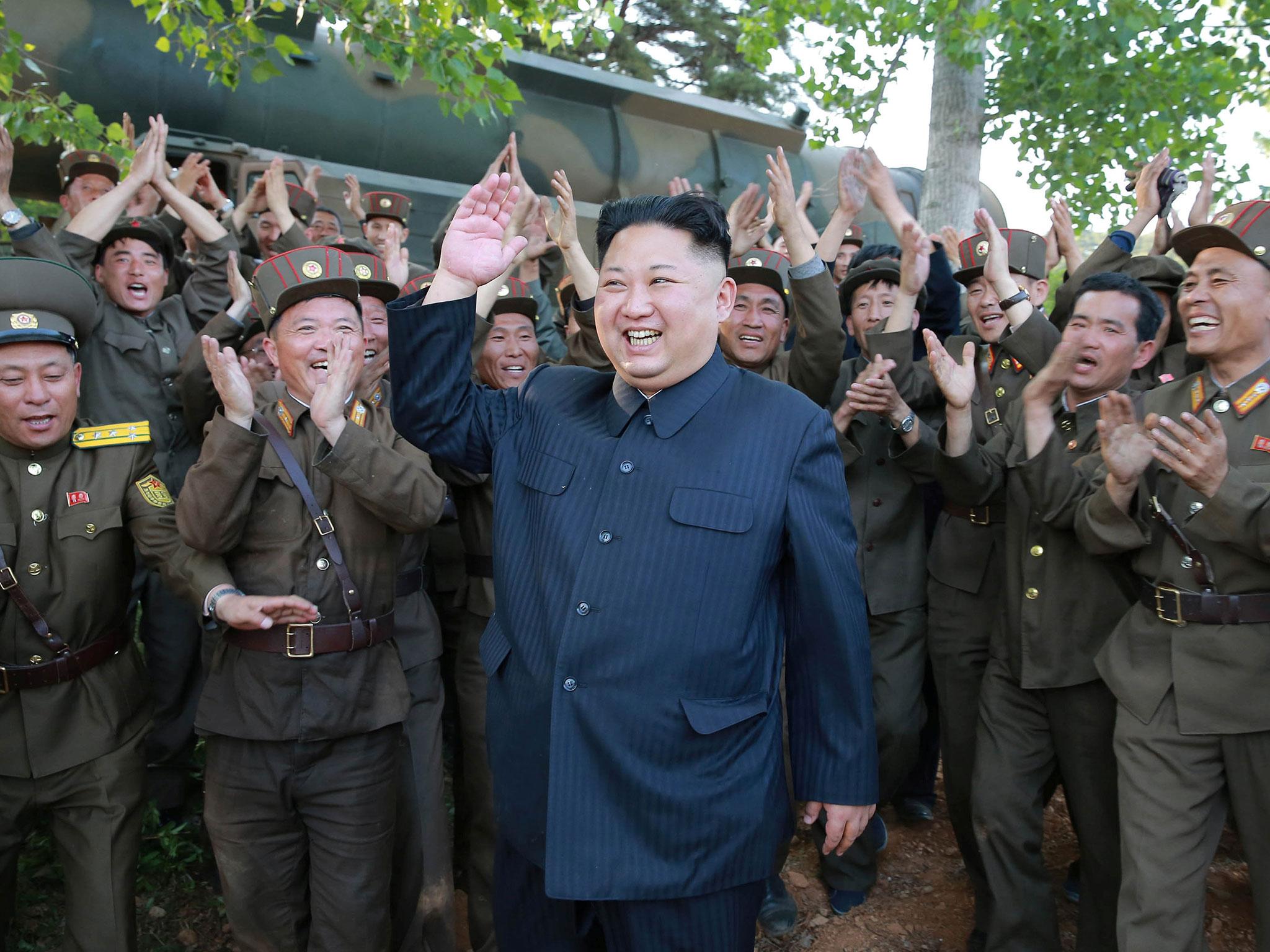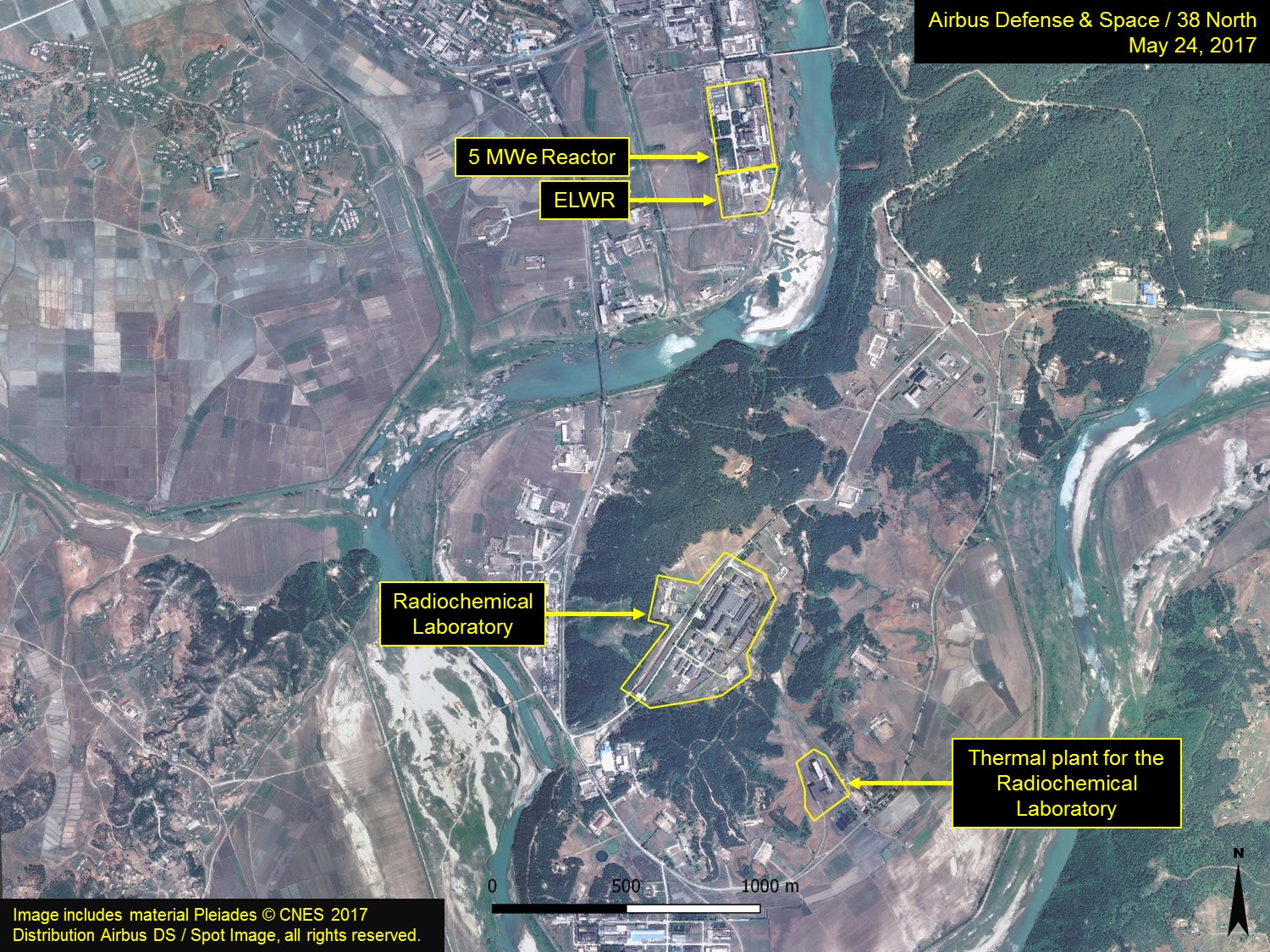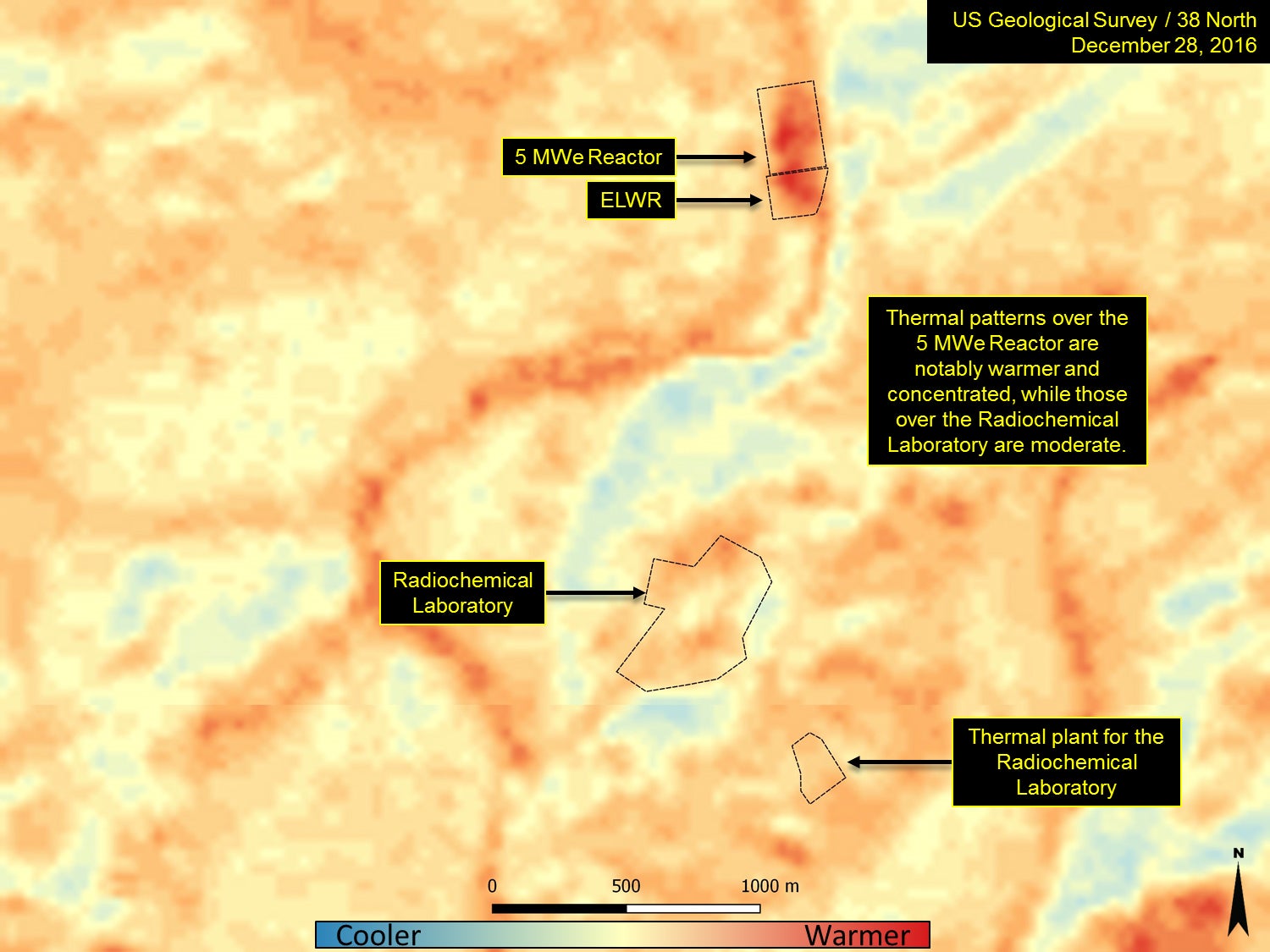Kim Jong-un may have more plutonium than previously thought, according to North Korea monitor
Rogue state has carried out at least two secret campaigns to reprocess radioactive material at the Yongbyon nuclear plant in Nyongbyon County, it is claimed

Your support helps us to tell the story
From reproductive rights to climate change to Big Tech, The Independent is on the ground when the story is developing. Whether it's investigating the financials of Elon Musk's pro-Trump PAC or producing our latest documentary, 'The A Word', which shines a light on the American women fighting for reproductive rights, we know how important it is to parse out the facts from the messaging.
At such a critical moment in US history, we need reporters on the ground. Your donation allows us to keep sending journalists to speak to both sides of the story.
The Independent is trusted by Americans across the entire political spectrum. And unlike many other quality news outlets, we choose not to lock Americans out of our reporting and analysis with paywalls. We believe quality journalism should be available to everyone, paid for by those who can afford it.
Your support makes all the difference.Thermal images of North Korea's main nuclear facility reveal that Kim Jong-un may have produced more plutonium than previously thought in a bid to expand his stockpile of atomic weapons, according to US researchers.
The rogue state has carried out at least two secret campaigns to reprocess radioactive material at the Yongbyon nuclear plant in Nyongbyon County, it is claimed.
Satellite images of one of the plant's installations revealed an increase in thermal activity that could be the result of centrifuge operations aimed at enriching uranium so it can be used in bombs, it is said.

The analysis will raise fears that Kim intends to manufacture more nuclear weapons, days after North Korean officials described a US training exercise near their border as a "dangerous military gambit of warmongers who are trying to ignite the fuse of a nuclear war on the peninsula".
Researchers at North Korea monitoring project at 38 North said there was "cause for concern" because some of the thermal images showed that a reactor may have been operational at the Yongbyon nuclear plant between December 2016 and January this year.
The Washington-based think-tank scrutinised images captured by United States Geological Survey satellite Landsat 7 and produced a report titled Probable Production of Additional Plutonium for Nuclear Weapons.
It states that there have been two or more unreported reprocessing campaigns at the Yongbyon plant's radiochemical installation "to produce an undetermined amount of plutonium that can further increase North Korea’s nuclear weapons stockpile".

It said thermal activity at the uranium enrichment facility could be a result of centrifuge operations that "would increase the North’s enriched uranium inventory", and give the regime more fuel for bombs.
But researchers concluded that the elevated patterns of thermal activity could also be a result of maintenance operations such as the heating of pipes to prevent them freezing.
Thermal readings at what is thought to be the site's isotope and tritium production facility remained consistent over several months, suggesting that it was "likely not producing tritium, which is an essential isotope used in the production of boosted yield nuclear weapons and hydrogen bombs".
"Based on imagery alone, it is not possible to conclude whether the plant is producing low or highly enriched uranium," the report added.
"Regardless, any activity at the Experimental Light Water Reactor is cause for concern and bears continued monitoring."
North Korea has justified weapons tests as "legitimate and justified measures" amid increasing "threats of nuclear war" against Pyongyang by Washington.
The dictatorship is banned from testing or developing missiles under UN resolutions, but has been working to develop a nuclear-tipped missile capable of hitting the US, ignoring repeated warnings from the international community.
Tensions escalated in the peninsula in July when North Korea tested an intercontinental ballistic missile, believed to be capable of hitting targets as far away as Alaska.
Join our commenting forum
Join thought-provoking conversations, follow other Independent readers and see their replies
Comments